Essentials for a Solo Kayak Fishing Trip
Venturing out alone on a kayak fishing expedition combines the serenity of paddling peaceful waters with the thrill of the catch. Solo kayak fishing offers unmatched freedom to explore hidden fishing spots, move at your own pace, and fully immerse yourself in nature without distractions.
However, this solitary adventure requires careful preparation and the right equipment to ensure both success and safety. When you’re miles from shore with only your paddle and wits, having the proper essentials can make the difference between an enjoyable excursion and a potentially dangerous situation.
This comprehensive guide covers everything you need for a rewarding and safe solo kayak fishing experience.
Choosing the Right Fishing Kayak
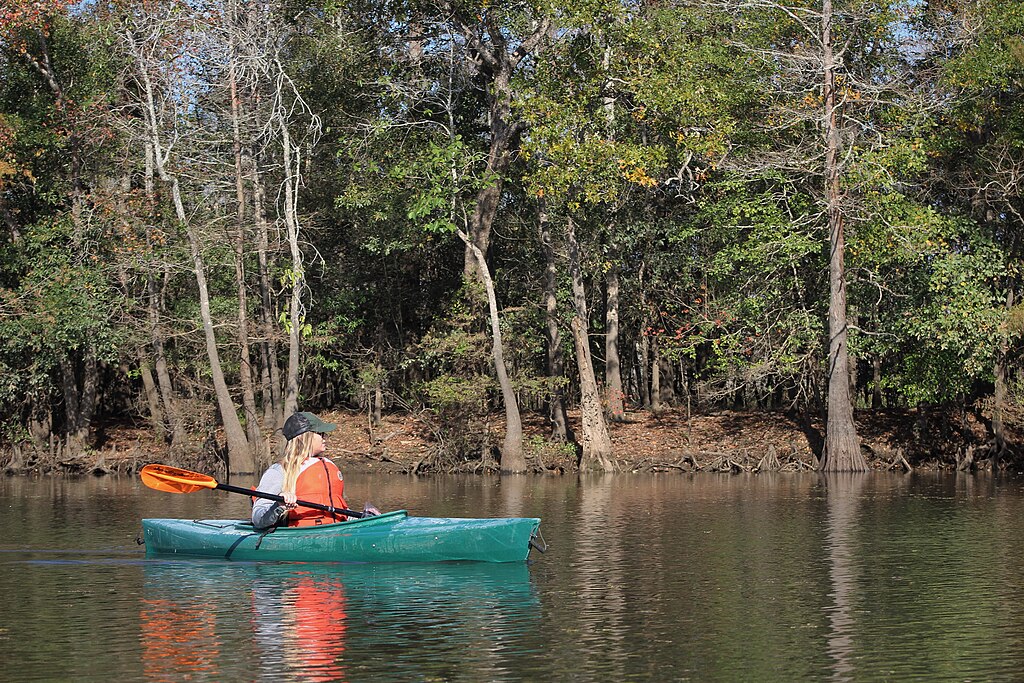
Selecting an appropriate kayak forms the foundation of your solo fishing adventure, as different models offer varying levels of stability, storage, and maneuverability. Sit-on-top kayaks typically provide better stability and easier access to fishing gear, making them the preferred choice for most anglers, while sit-inside models offer better protection from the elements in colder conditions.
Look for fishing-specific kayaks with rod holders, tackle storage compartments, and accessory tracks for mounting additional equipment. Consider the kayak’s weight capacity carefully, ensuring it can comfortably accommodate your body weight plus all your gear with sufficient freeboard remaining. Length is another critical factor—longer kayaks (12-14 feet) track better over distance, while shorter models offer superior maneuverability in tight spaces like small creeks and backwaters.
Essential Safety Equipment
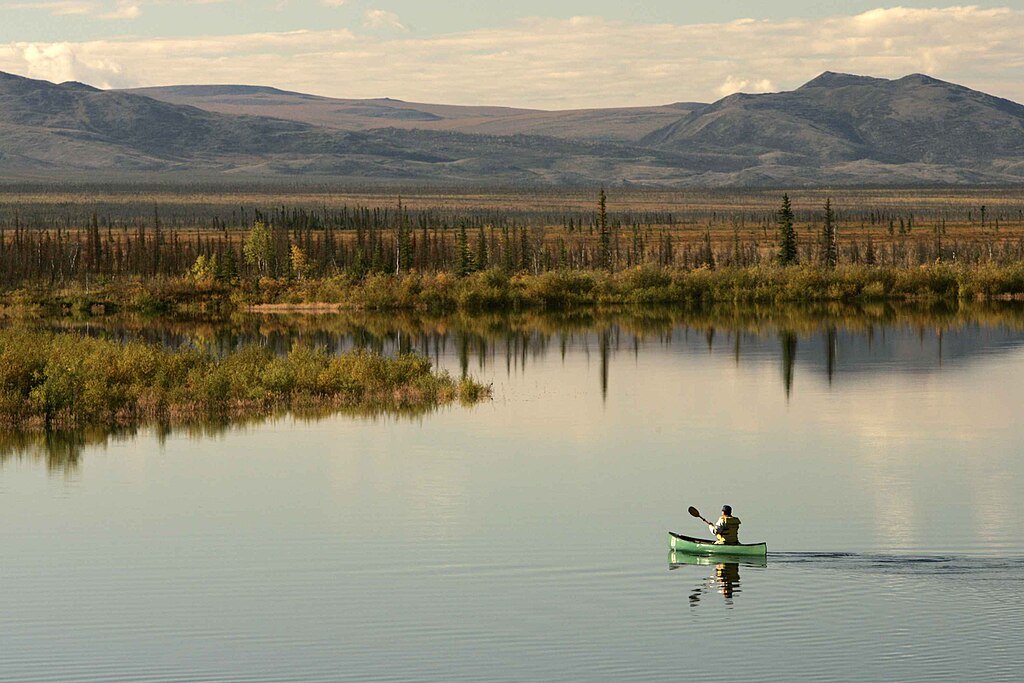
Safety equipment should be your highest priority when preparing for a solo kayak fishing trip, as you won’t have companions to assist in an emergency. Always wear a properly fitted, Coast Guard-approved personal flotation device (PFD) designed for paddling, preferably with fishing-specific features like multiple pockets for tools and tackle.
Carry a waterproof VHF radio or fully charged cell phone in a waterproof case to call for help if needed, and consider investing in a personal locator beacon (PLB) for remote areas with poor cellular coverage. A whistle, mirror, and waterproof headlamp or flashlight are essential for signaling in emergency situations, particularly if you’ll be on the water during low-light conditions.
Additionally, always inform someone of your planned route and expected return time before setting out, creating a crucial safety net should something go wrong during your solo excursion.
Weather Monitoring Tools
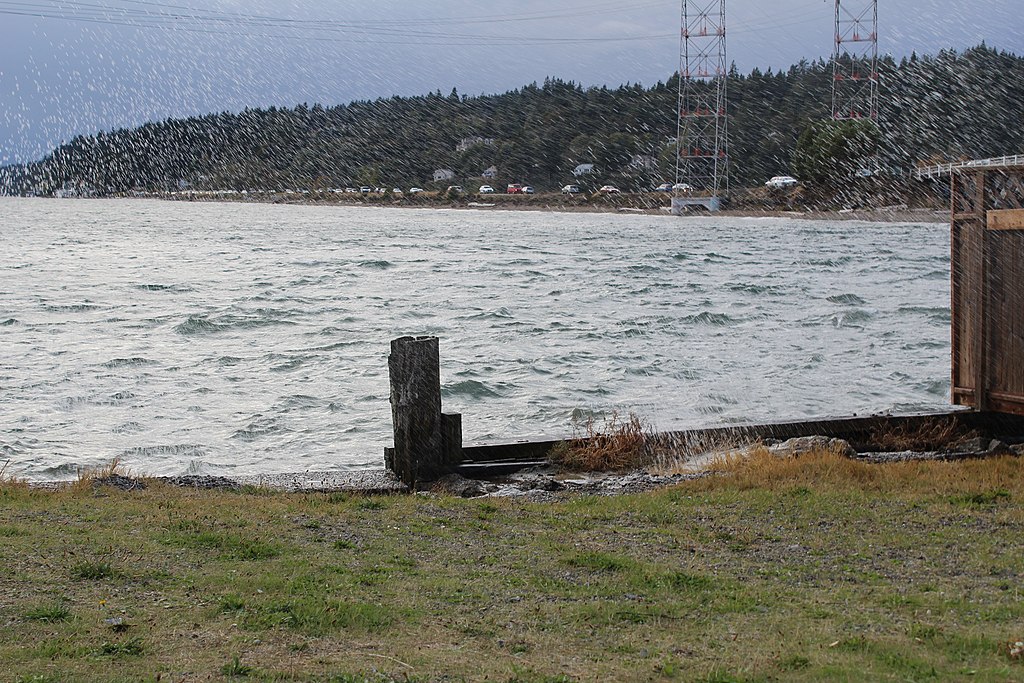
When fishing alone, staying ahead of changing weather conditions becomes critically important for safety, making reliable weather monitoring tools indispensable additions to your kit. A waterproof smartphone with weather apps can provide forecasts and radar updates, though service may be limited in remote areas.
Consider investing in a portable weather radio that can receive NOAA weather broadcasts and emergency alerts, providing crucial information even when cell service is unavailable. A simple compass or handheld GPS unit can help navigate back to your launch point if visibility decreases due to fog or sudden storms.
Learn to read natural weather signs—cloud formations, wind shifts, sudden temperature changes, and dropping barometric pressure often signal approaching weather systems that could create dangerous paddling conditions.
Paddling and Navigation Gear
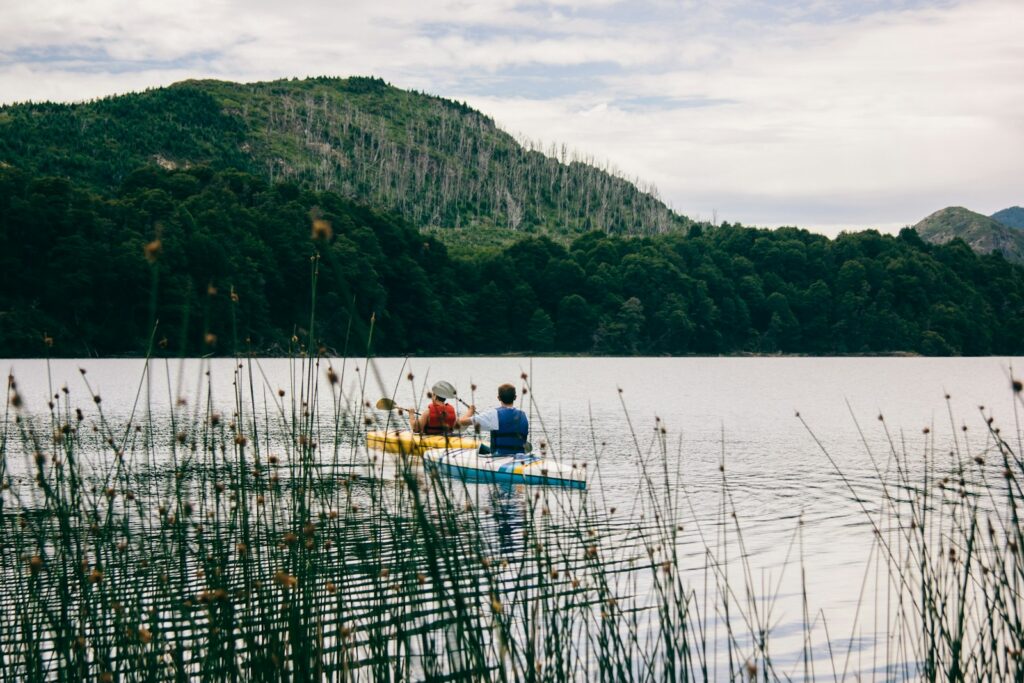
Efficient paddling and navigation equipment ensures you can reach your fishing spots and return safely, especially when traveling solo. Invest in a high-quality, lightweight paddle appropriate for your kayak’s width and your height—consider a spare paddle that breaks down for storage as a backup in case your primary paddle is lost or damaged.
A waterproof chart or map of your fishing area should be accessible even if electronic devices fail, while a GPS unit with topographic features can help identify underwater structures and navigate to productive fishing locations. Tide charts are essential for coastal kayak fishing, helping you plan your trip around favorable tidal movements and avoid being stranded by receding waters.
For longer excursions, a drift anchor or sea anchor can help maintain position over productive fishing spots without constant paddling adjustments.
Fishing Tackle Organization

Efficient tackle organization transforms your kayak from a cramped fishing platform into a well-ordered mobile fishing station. Waterproof tackle boxes or bags designed specifically for kayak fishing will protect your gear from inevitable splashes and potential submersion, with clear compartments allowing quick identification of lures and terminal tackle.
Limit yourself to a carefully curated selection of the most versatile lures and baits appropriate for your target species and fishing conditions, resisting the temptation to bring your entire collection. Rod leashes prevent the heartbreak of watching an expensive rod sink after an unexpected capsize, while floating pliers, line cutters, and fish grips should be tethered to your kayak or PFD for immediate access.
Consider organizing your tackle based on fishing scenarios rather than lure types—having complete setups for deep structure, shallow flats, or topwater action allows faster adaptation to changing conditions.
Rod and Reel Selection
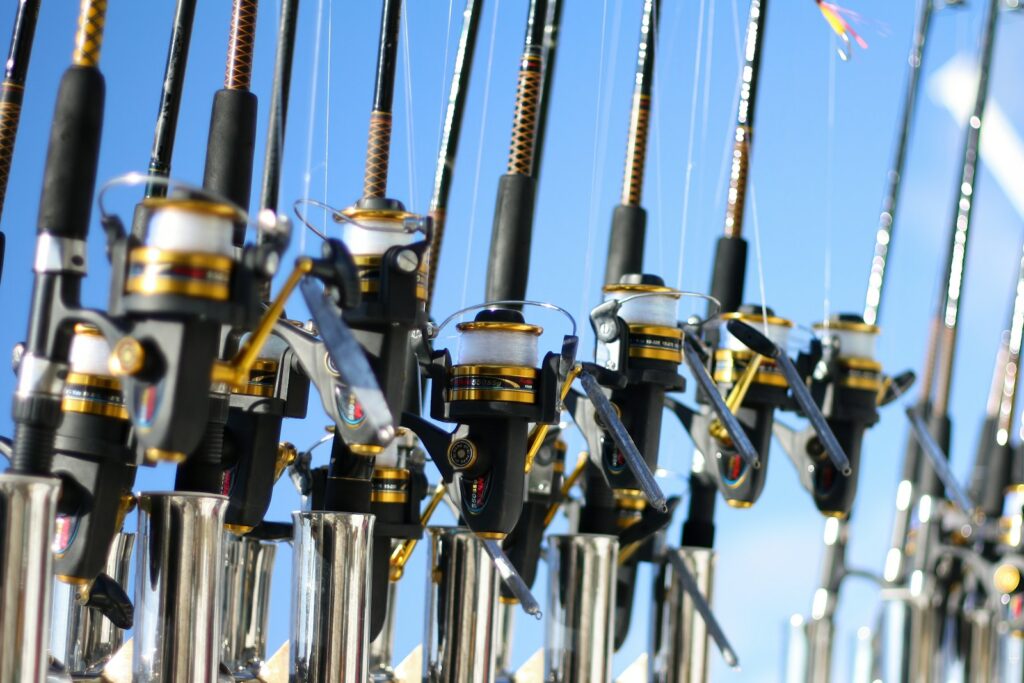
Choosing appropriate rods and reels for kayak fishing requires balancing versatility with space limitations, as every item must earn its place in your limited storage. Medium-power, fast-action spinning rods in the 6.5-7.5 foot range offer excellent versatility for most freshwater and inshore saltwater applications, while shorter rods can be advantageous when fighting fish in the confined space of a kayak.
Consider bringing two rod-and-reel combinations—one rigged for your primary target species and another as a backup or for opportunistic fishing for different species you might encounter. Sealed saltwater reels provide superior protection against corrosion from inevitable water exposure, while front-drag systems allow easier adjustment while fighting fish from a seated position. Braided main lines offer a superior strength-to-diameter ratio and increased sensitivity—important advantages when fishing from the lower vantage point of a kayak.
Fish Handling and Storage Solutions
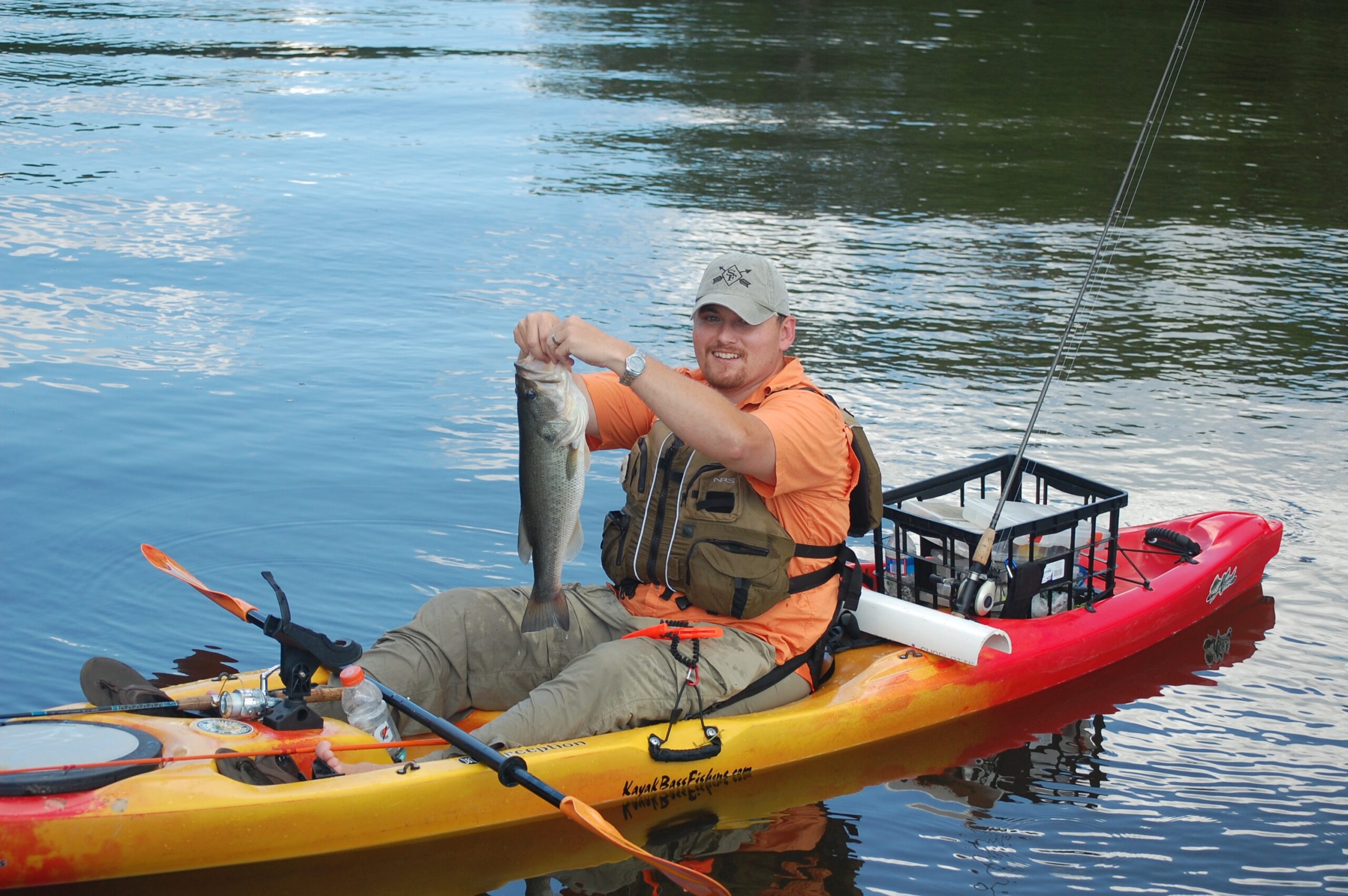
Properly handling and storing your catch presents unique challenges when fishing from a kayak, requiring specialized equipment to maintain fish quality. A floating fish grip or lip gripper allows safe handling of toothy or spiny fish without leaning precariously over your kayak’s side, while a compact landing net with a short handle helps secure larger fish alongside your kayak.
Soft-sided cooler bags, specifically designed for kayak fishing, fit into tank wells or hatches, providing insulated storage for fish you intend to harvest. Some models incorporate built-in cutting boards for immediate filleting. For catch-and-release fishing, keep a fish measuring device secured to your kayak for quick length measurements before release, minimizing stress on the fish.
Consider the ethical aspects of fish storage—in warm weather, harvest only what you can keep properly chilled to maintain quality and prevent waste.
Hydration and Nutrition Planning

Maintaining proper hydration and energy levels during a solo kayak fishing trip requires thoughtful planning, as dehydration and hunger can impair decision-making and physical performance. Pack more water than you think necessary—at least one gallon per eight hours on the water—storing it in multiple containers secured in different locations to prevent catastrophic loss if one container leaks.
High-energy, non-perishable foods like trail mix, energy bars, jerky, and nut butters provide sustained energy without requiring preparation or consuming valuable space. Plan your nutrition around the physical demands of your trip, accounting for paddling distance, weather conditions, and the duration of your outing.
Consider electrolyte replacement options like powder packets or tablets that mix with water, particularly important during hot weather when increased perspiration depletes essential minerals.
Weather-Appropriate Clothing
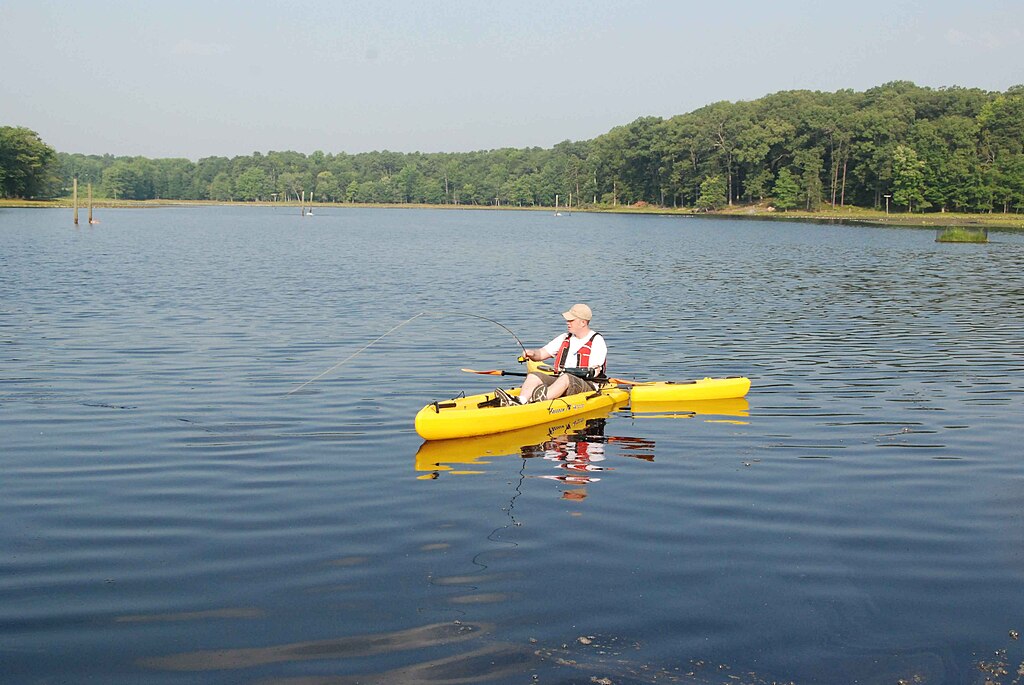
Dressing appropriately for kayak fishing means preparing for both current conditions and potential weather changes, with an emphasis on quick-drying, layered clothing. Start with a moisture-wicking base layer that pulls sweat away from your skin, followed by insulating layers in cooler weather that can be removed as temperatures rise.
The outer layer should provide protection from wind and spray, with paddling-specific jackets featuring gaskets at wrists and neck to prevent water intrusion during paddle strokes. Dedicated paddling pants or shorts with reinforced seats prevent uncomfortable chafing during long hours on the water, while neoprene booties or water shoes protect feet from sharp objects when launching or potentially wading.
Sun protection is equally crucial—a wide-brimmed hat, buff or neck gaiter, sunglasses with polarized lenses, and lightweight, UPF-rated long-sleeve shirts reduce exposure to harmful UV rays reflected off the water’s surface.
Anchoring and Positioning Systems

Maintaining position while fishing presents a constant challenge from a kayak, making effective anchoring systems essential for productive fishing in various conditions. A compact grapnel anchor (3-5 pounds) with 50-75 feet of marine-grade rope allows secure positioning in most bottom conditions, while a quick-release anchor trolley system lets you adjust your kayak’s orientation relative to current, wind, and structure without relocating the anchor. Stake-out poles provide silent, secure anchoring in shallow water environments like flats or marshes, allowing you to stand and sight-fish without drifting.
For deeper water or when frequent repositioning is necessary, consider a kayak-specific shallow-water anchor system with a deployable spike that you can operated from the seated position. In areas where anchoring isn’t practical or permitted, a drift sock (sea anchor) can slow your drift to a manageable pace for more effective fishing presentations.
Electronics and Power Management

Modern kayak fishing often incorporates electronics like fish finders, GPS units, and cameras, requiring careful power management for all-day performance. Waterproof, sealed lithium batteries provide the best power-to-weight ratio for kayak applications, with capacity ratings appropriate for your electronic needs and trip duration. Consider how your electronics mount to your kayak—secure, waterproof connections prevent failure during the inevitable splashes and possible capsizes.
Portable power banks in waterproof cases provide backup power for essential communications devices like smartphones, while solar charging panels can extend battery life during multi-day expeditions. Establish a pre-trip checklist to charge all devices and test electronic systems before launching, as troubleshooting becomes significantly more challenging once you’re on the water alone.
Emergency Repair Kit
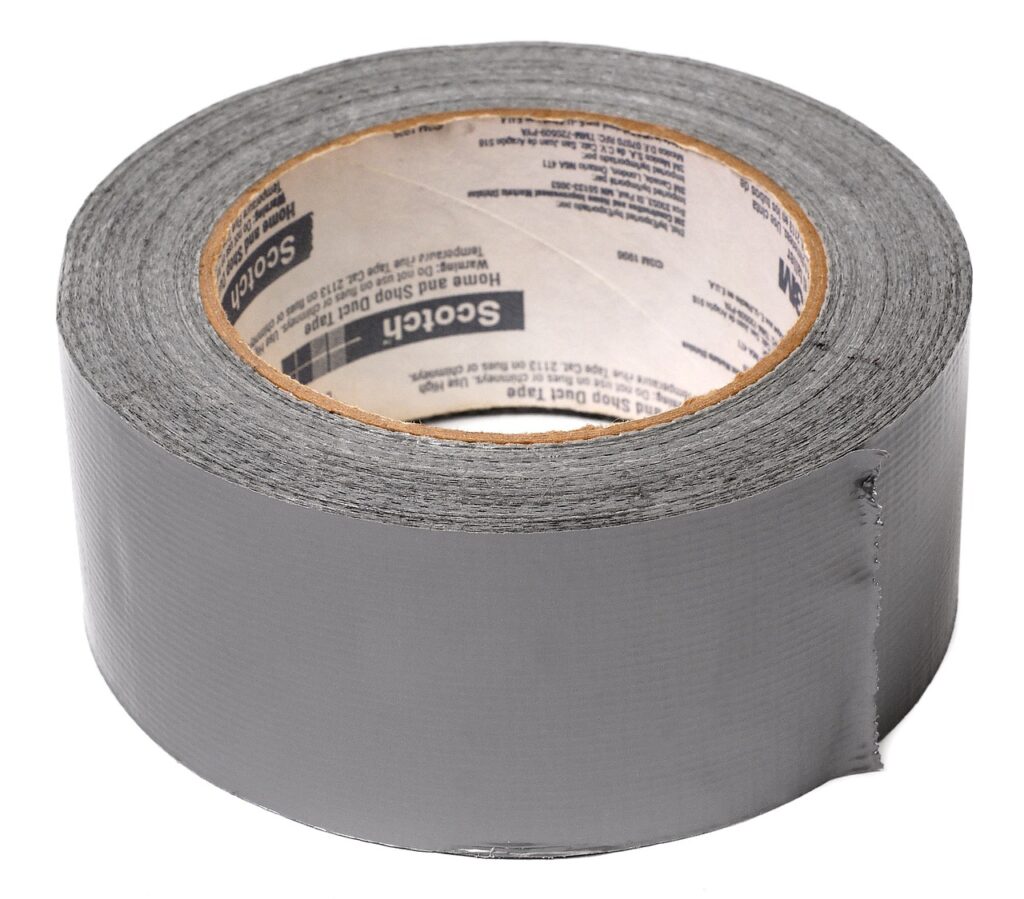
A compact repair kit prepares you for common equipment failures that could otherwise end your trip prematurely or create safety hazards. Duct tape, zip ties, and a multi-tool form the foundation of most kayak repair kits, handling everything from securing loose fittings to temporary paddle repairs. Include a small tube of marine sealant or waterproof epoxy putty for addressing minor hull damage or leaks around scupper holes or hatches. Spare parts specific to your kayak model—rudder pins, hatch covers, scupper plugs—prevent minor equipment failures from becoming major problems.
Consider adding a compact patch kit appropriate for your kayak’s material (polyethylene, fiberglass, or inflatable), allowing field repairs of punctures or cracks that could compromise buoyancy. Store these items in a waterproof container secured in an easily accessible location, preferably not inside a hatch that might be compromised by the very damage you need to repair.
Trip Planning and Route Selection
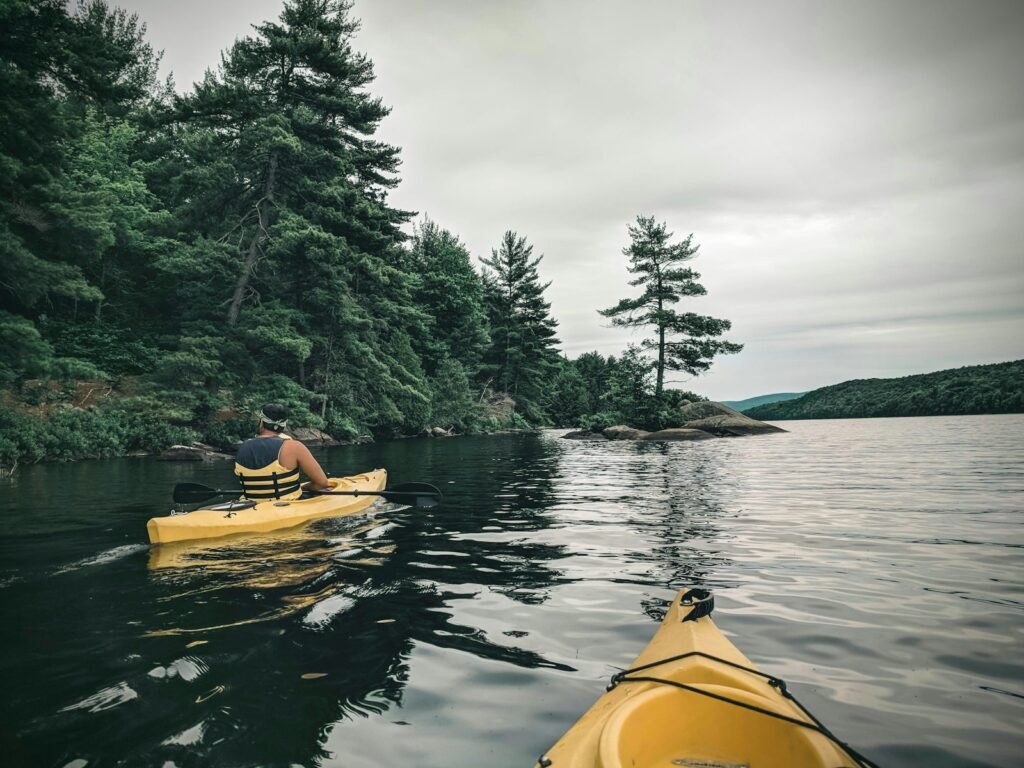
Thorough trip planning significantly enhances both safety and fishing success when venturing out solo, beginning with careful research of your intended fishing area. Study hydrographic charts, satellite imagery, and fishing reports to identify productive structure, depth changes, and areas holding baitfish that attract your target species.
Plan your route with consideration for your paddling abilities, allowing for changing weather conditions and physical fatigue that might require a shorter return trip. Identify multiple potential take-out points along your route as contingency options should conditions deteriorate or physical limitations arise. Research local regulations, including required permits, seasonal closures, and catch limits specific to your fishing area, ensuring full compliance throughout your trip.
Share your detailed float plan with a reliable person, including launch and take-out locations, planned route, estimated return time, and a clear action plan if you don’t check in by a predetermined deadline.
Conclusion

The solo kayak fishing experience offers an unparalleled connection with nature and the thrill of self-reliance that many anglers find deeply satisfying. With proper preparation, equipment, and respect for your personal limitations, these solitary adventures can be conducted safely while creating lasting memories on the water.
Remember that successful solo kayak fishing blends the art of angling with the skills of seamanship—both requiring practice, patience, and continuous learning. By investing in quality gear, developing your paddling and fishing skills, and always prioritizing safety, you’ll be well-equipped for countless rewarding expeditions on waters both familiar and unexplored.
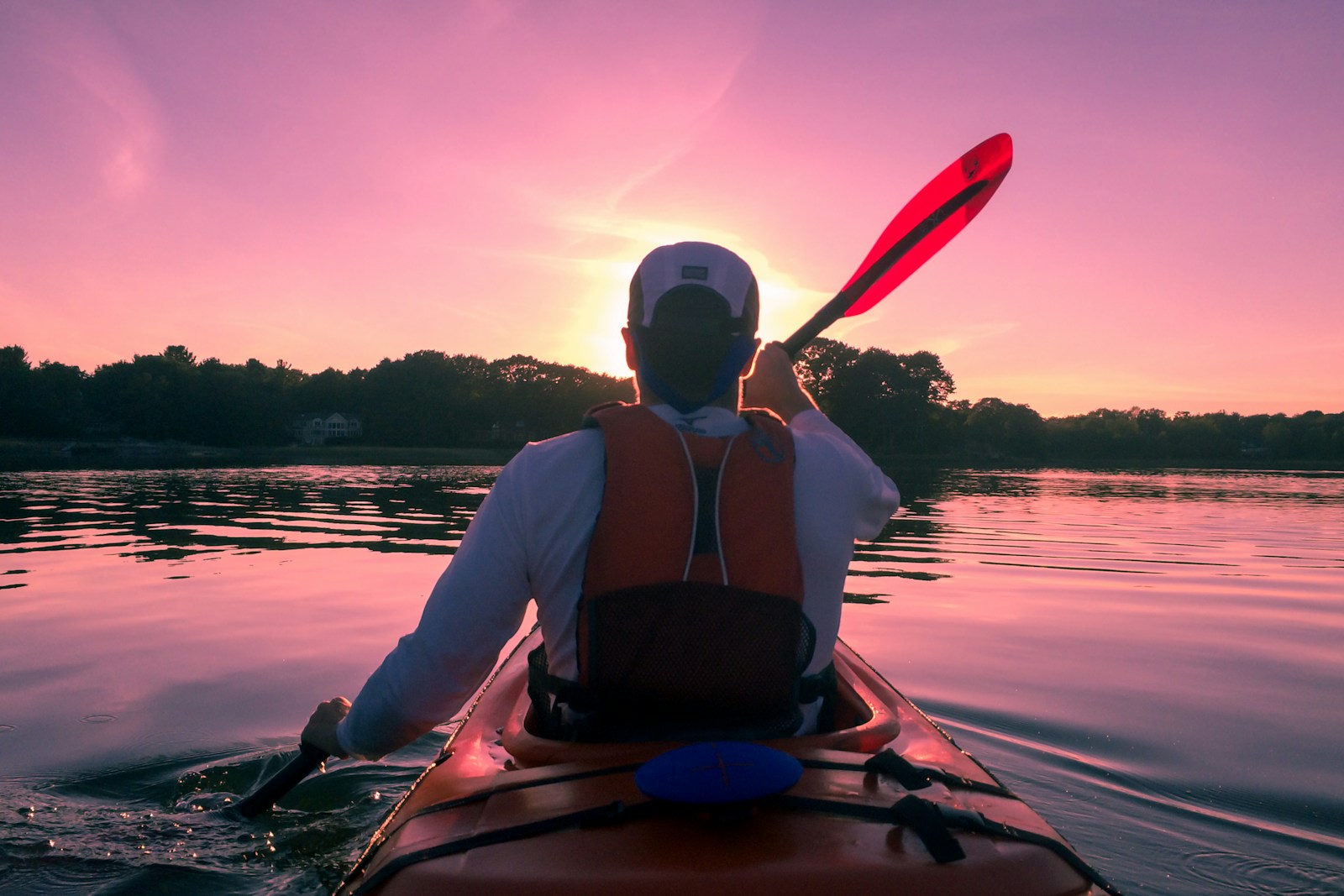

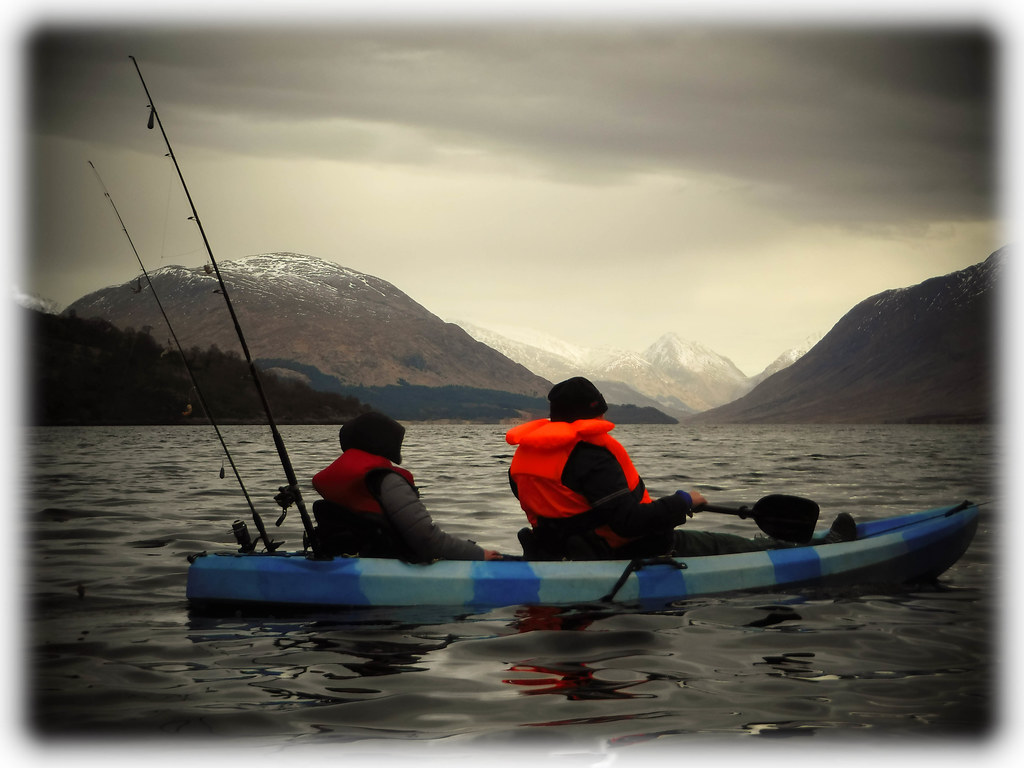

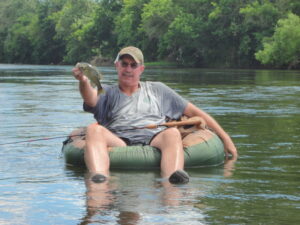
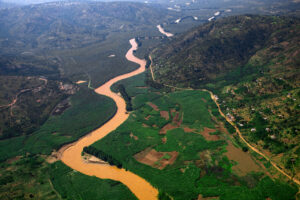








Post Comment